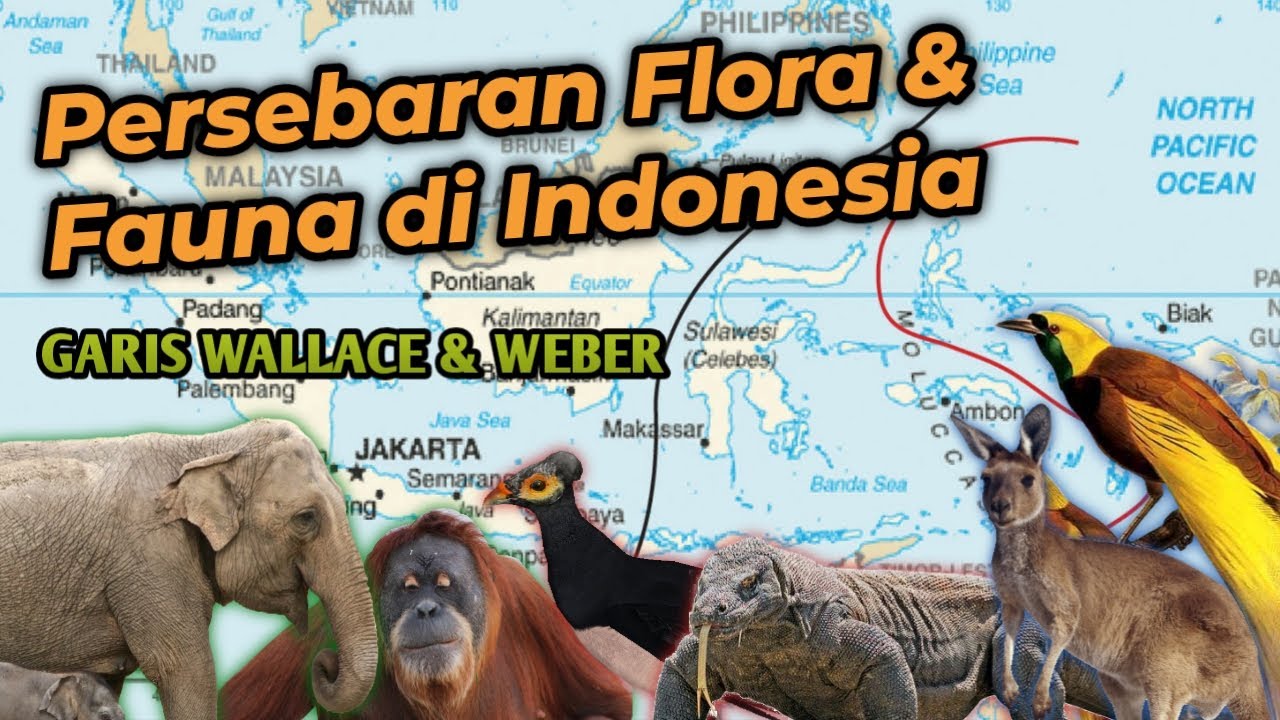Tektonika Pra Kenozoikum Sumatera
Summary
TLDRThe script explores the geological history of Indonesia, highlighting the division between the western and eastern regions. It delves into the tectonic shifts in Sumatra, detailing the movements of the Australian plate and the formation of significant geological features. The video also covers the ancient rocks from the Paleozoic and Mesozoic eras, examining how they relate to the development of the Sunda Shelf. Key concepts include the collision of landmasses, the formation of mountain ranges, and the ongoing subduction processes that have shaped the region’s complex tectonic environment.
Takeaways
- 😀 Indonesia is divided into two distinct geological regions: Western Indonesia and Eastern Indonesia.
- 😀 Sumatra is part of the Sundaland core, which is an essential feature of the geological history of Western Indonesia.
- 😀 The geological history of Western Indonesia is relatively simple from a tectonic perspective, with major shifts from a passive margin to an active margin due to the subduction of the Australian Oceanic Plate beneath Sundaland.
- 😀 Sumatra's geological makeup spans from the Paleozoic era (before the greatest mass extinction) to the Mesozoic era (the age of dinosaurs), showing that the island's rocks are millions of years old.
- 😀 The Sunda Plate, which includes parts of Southeast Asia like Thailand, Malaysia, and Sumatra, was formed from a supercontinent that split apart over millions of years.
- 😀 Thailand and Sumatra's separation occurred during the Triassic period, and they moved toward the equator over time, shaping the region's geological features.
- 😀 The collision and subsequent formation of Sumatra were influenced by the subduction of the Tethys Oceanic Plate under the region, leading to tectonic features such as the major Sumatra Fault.
- 😀 Sumatra's complex geology resulted from multiple stages of tectonic plate collision and subduction, including significant shifts in the Mesozoic era.
- 😀 The geological history of Sumatra includes the amalgamation of various tectonic blocks, such as the Sibumasu, Sundaland, and the Woyla blocks, which together form present-day Sumatra.
- 😀 Research on the region's tectonics highlights the formation of distinct rock groups, such as the Tapanuli, Peusangan, and Woyla groups, each with their own unique characteristics and ages, ranging from the Carboniferous to the Jurassic period.
Q & A
What are the two main geological regions of Indonesia?
-Indonesia is divided into two main geological regions: Western Indonesia and Eastern Indonesia.
What is the geological significance of Sumatera?
-Sumatera is part of Sundaland and has a complex geological history, with rocks dating back to the Paleozoic, Mesozoic, and Cenozoic periods.
How has the tectonic activity in Sumatera influenced its geological formation?
-Tectonic activity, particularly the subduction of the Indian-Australian Oceanic Plate beneath the Sundaland plate, has led to the formation of fault lines, mountain ranges, and volcanic activity in Sumatera.
What is the Sumatera Fault, and where does it stretch?
-The Sumatera Fault is a major fault line in Sumatera that stretches from Aceh to Lampung. It is the result of tectonic movements caused by subduction.
What was the role of the supercontinent Gondwana in Sumatera’s geological history?
-Sumatera was once part of the supercontinent Gondwana, and it separated from other landmasses during the Paleozoic era, contributing to its current geological structure.
How did the movement of the Tethys Ocean affect Sumatera?
-Sumatera was connected to the Tethys Ocean in the past, and its geological history includes the closing of this ocean, which influenced the formation of present-day geological features.
What are the main tectonic zones in Sumatera?
-The main tectonic zones in Sumatera include the Sumatera Fault, which is a result of subduction, and the Medial Sumatera Tectonic Zone, which separates Sumatera from Sibumasu.
What are the three main rock groups found in Sumatera, and how do they differ?
-The three main rock groups in Sumatera are the Tapanuli group (Carboniferous rocks), the Peusangan group (Permian to Triassic rocks), and the Woyla group (Jurassic to Cretaceous rocks). They differ based on their geological age, associated environments, and fossil content.
How did the subduction of the oceanic plates affect the geological features of Sumatera?
-Subduction of oceanic plates beneath Sumatera led to the formation of volcanic arcs, fault lines, and mountain ranges, as well as the accumulation of various sedimentary and metamorphic rocks.
What does the research on the magnetic properties of rocks in Sumatera reveal?
-Research on the magnetic properties of rocks, especially in the Woyla region, provides insights into the movements of tectonic plates and the history of plate collisions and subduction zones in Sumatera.
Outlines

This section is available to paid users only. Please upgrade to access this part.
Upgrade NowMindmap

This section is available to paid users only. Please upgrade to access this part.
Upgrade NowKeywords

This section is available to paid users only. Please upgrade to access this part.
Upgrade NowHighlights

This section is available to paid users only. Please upgrade to access this part.
Upgrade NowTranscripts

This section is available to paid users only. Please upgrade to access this part.
Upgrade NowBrowse More Related Video

PENYEBAB INDONESIA PUNYA PULUHAN RIBU JENIS SPESIES FAUNA dari 2 Benua Kisah Indo Purba #4

Garis Wallace dan Weber - Persebaran Flora & Fauna di Indonesia | Dunia Biologi

PERSEBARAN FAUNA DI INDONESIA #geography #education #kurikulummerdeka #flora #fauna

Kolonialisme dan Perlawanan Bangsa Indonesia BAB 1 Kurikulum Merdeka Bagian 1

PERSEBARAN FLORA DAN FAUNA DI INDONESIA

The Great Schism
5.0 / 5 (0 votes)